If you’ve ever owned a pet lizard, you know that a pleasing environment is key to having a happy pet.
But how do you create an environment that’s both pleasing and conducive to keeping a pet lizard healthy?
The answer is to add live plants to your lizard’s enclosure! Live plants add a pop of color, provide food for your pet, and act as a natural air filter.
In this article, we’ll explore the merits of adding live plants to your lizard’s enclosure and the many benefits of doing so.
So come explore the world of live plants with us and discover how they can positively impact your pet lizard’s health and happiness!
Types of Lizard-Safe Live Plants
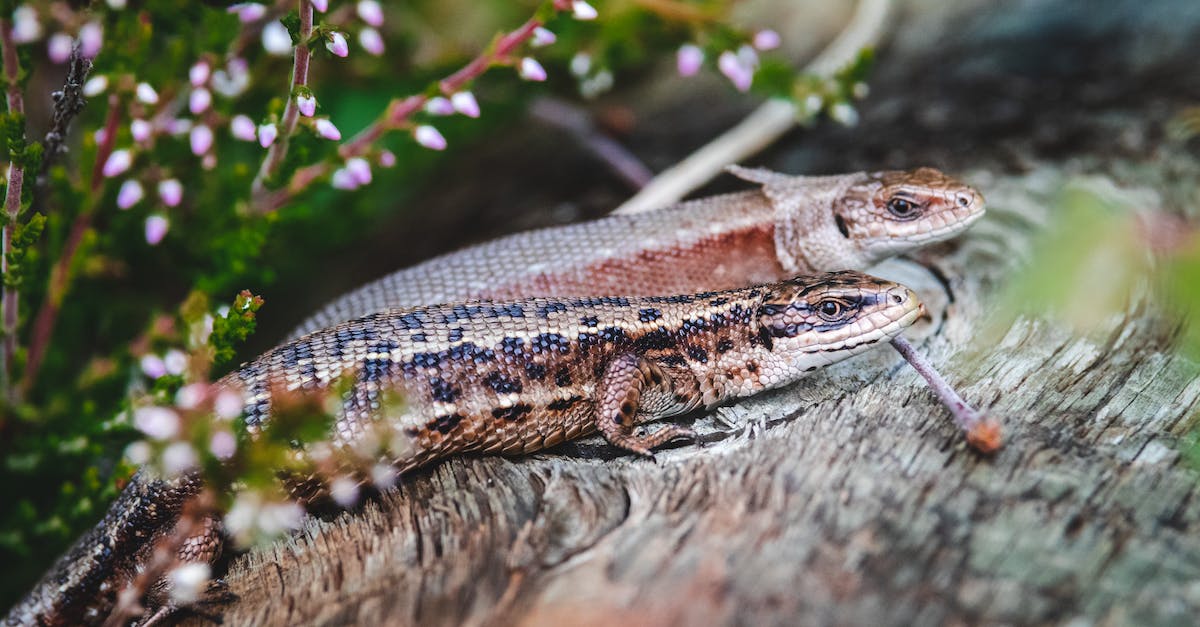
You’re ready to give your iguana, skink, chameleon, or another type of lizard an awesome home fit for a king. You may think that adding live plants to the enclosure is something only herpetoculturists do. Not true! You can join their ranks and take your lizard’s habitat up by adding a few live plants. That’s right! Not only do live plants provide amazing aesthetics, but they also allow the animal to express its natural behaviors, providing amazing benefits. So, let’s look at the types of live plants you can safely add to your pet’s enclosure.
Pothos is the first type of live plant that you may consider placing in your pet’s habitat. This beautiful, fast-growing vine is great for arboreal lizards, such as geckos, skinks, and chameleons. Pothos love its conditions warm, humid, and brimming with indirect sunlight. A bonus? Pothos is important in helping filter out harmful toxins lingering in the air.
Another beautiful live plant that is safe to use in your pet’s habitat is the thread-of-love vine. This stunning, leafy climbing vine has a delicate and low-maintenance look. Dwarf umbrella trees, with their umbrella-shaped leaves and evergreen beauty, also make great additions to your pet’s habitat. Even dragon trees are fair game! All these plants can tolerate low and medium-light conditions, and well-draining potting soil should be used.
-

Beaded Dragon Fan Exclusive: ‘Original Hipster’ T-Shirt – Wear Your Unique Style with Pride – Unisex t-shirt
£13.00 – £20.50 Select options This product has multiple variants. The options may be chosen on the product page -

Chinese Water Dragon Aquatic Mastery Tee: Dive into Elegance with Our Exclusive Reptile Enthusiast Shirt – Unisex t-shirt
£13.00 – £20.50 Select options This product has multiple variants. The options may be chosen on the product page
Finally, let’s look at some plants that can be safely used in a grounded habitat. Bird’s-nest fern makes a great addition and will tolerate medium to bright light. Dragonskin Begonia, Felted Brit, and Button Fern are also all safe for use in reptile habitats, as long as you make sure to maintain the humidity levels.
No matter the type of lizard-safe plant you choose, it’s important to keep a close eye on your pet and ensure they are not eating the foliage. Adding live plants to your pet’s habitat can be a fun, rewarding experience. Your lizard will love it, too!
Placement and Setup of Live Plants
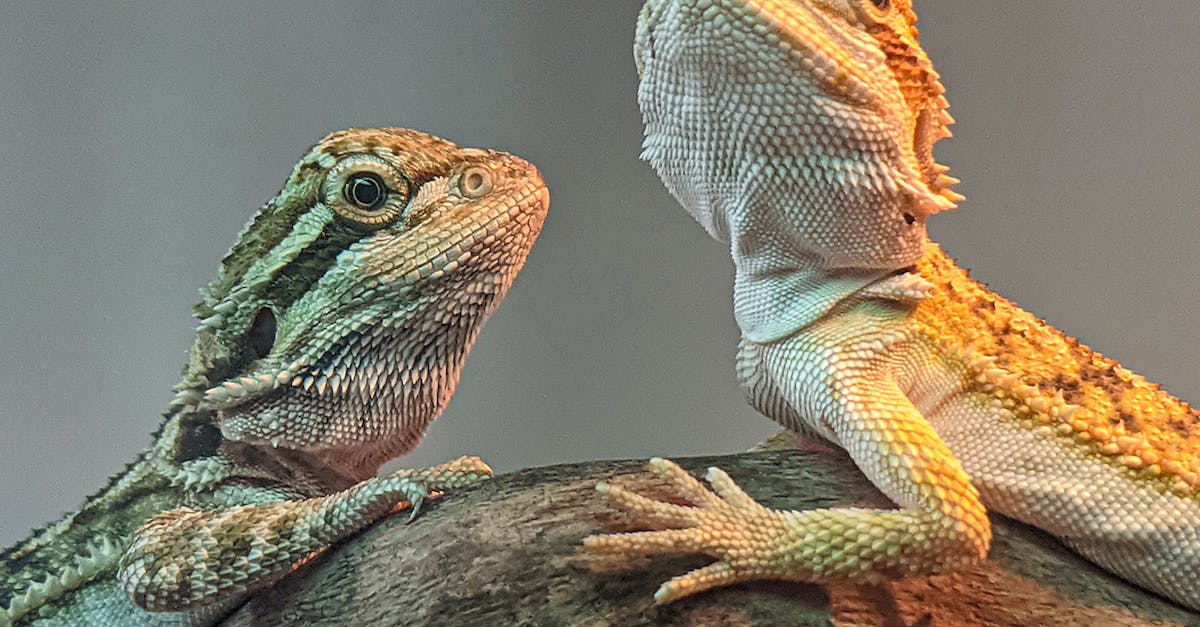
You’ve got your live plants, you know what your lizard likes in terms of greenery, and you’re ready to add some life to your lizard’s enclosure. The best part is the setup and placement of live plants is a walk in the park.
Ideally, place your plants in a style that follows your lizards’ natural habitat. For example, if your lizard lives in a tropical region, try to recreate their natural gardening style by placing the plants in the setup you like and adding any vines or other foliage across the enclosure.
When styling the plants around the enclosure, consider your lizard’s shape and size when you choose where to place them. Some duct-taped PVC pipes or wooden blocks work great for anchoring plants on the sides of the enclosure or back wall, or try string nets or anchor points to further provide an enticing and exciting environment for your lizard.
No matter what substrate you’re using, it’s important to ensure the plants have water, light, and soil. Carbon dioxide, heaters, fans, etc., can also improve the atmosphere and provide plants with ventilation. Don’t forget a thermometer and humidity gauge while you’re at it – they’re essential to keeping your plants and your pet healthy.
For small plants, you can place them in wood, plastic, ceramic, or even glass containers: as long as they have access to light and water and preferably some soil, they should stay healthy. If possible, place large plants in the ground and secure them with stakes, or keep them in containers similar to the small plants.
Adding live plants is an easy and enjoyable way to spruce up your lizard’s enclosure, so don’t be afraid to get creative and make your lizard’s home a tropical or even arctic paradise.
Reasons to Add Live Plants to a Lizard Enclosure
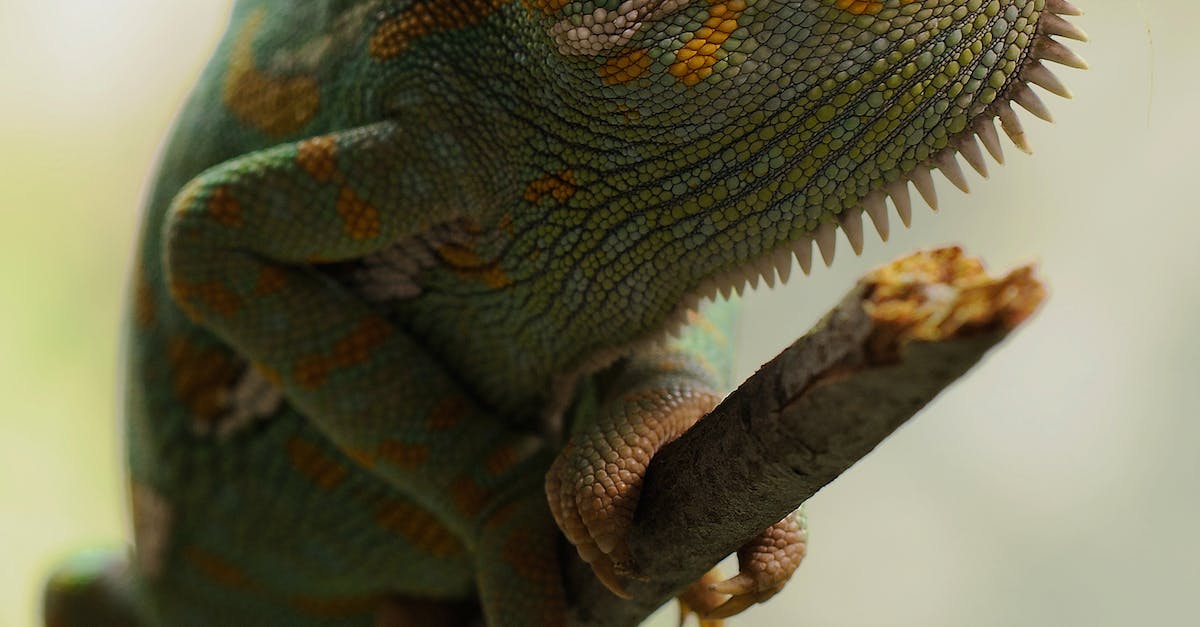
Are you considering giving your lizard a bit of a boost in its enclosure with some live plants? If so, you’re in for a treat—live plants can add a lot to a lizard’s environment! Here are three reasons why:
First, live plants are aesthetically pleasing. Adding a few live plants will give your lizard a more vibrant and interesting environment to live in, and it’ll also look great! Imagine having a well-kept enclosure, with a couple of lizards snuggling up in the soil and a few fresh plants to add a splash of color. That’s something to brag about!
Second, live plants can act as a great source of food. Certain live plants can also provide your lizard with natural sources of nutrition. For example, some plant species—like Hens and Chickens—produce edible flowers, leaves, and fruits. Just research what species to get and ensure that they’re safe for your lizard to eat!
Lastly, live plants have air-filtering properties. Many plants naturally convert CO2 into oxygen, making your lizard’s enclosure healthier and more comfortable overall. They can also reduce stagnant air in small spaces.
Live plants have their place in a lizard’s enclosure, no matter their size. They can add a beautiful touch, act as a great source of nutrition, and even filter the air. So why not try adding a few to your enclosure? Your lizard will thank you!
How Live Plants Benefit Your Lizard’s Health
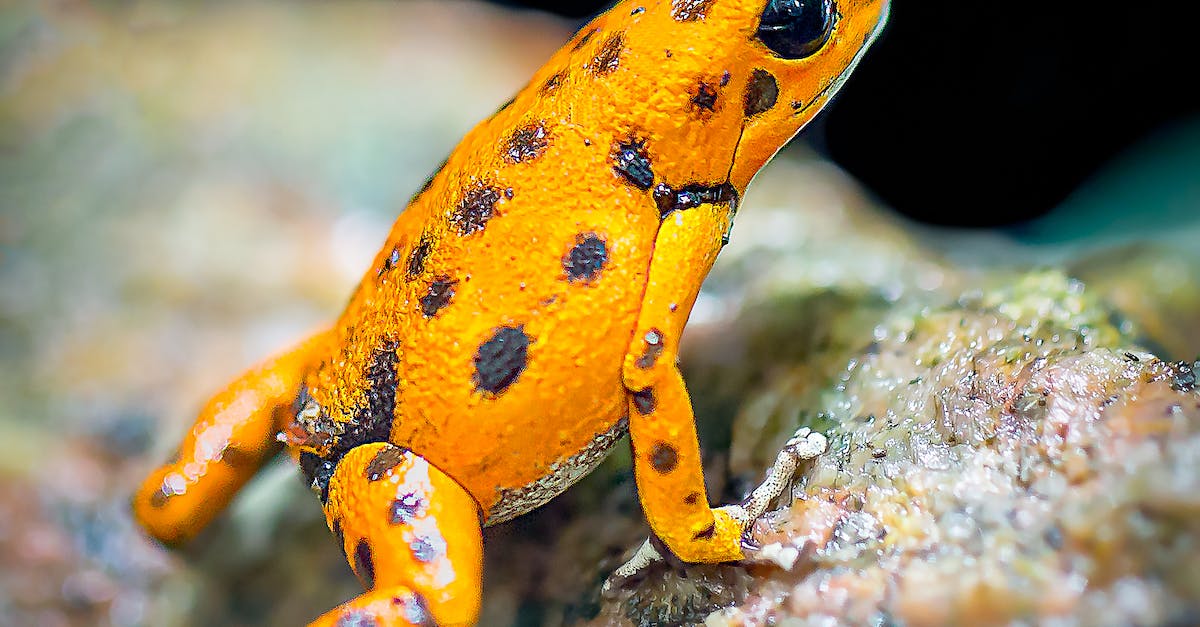
Do you ever feel like your pet lizard is always so sad? Has your pet lizard been cooped up in their enclosure for far too long? Well, live plants can be the perfect solution! Not only are live plants a great way to add color and texture to the decoration of your pet lizard’s enclosure, but how live plants benefit your lizard’s health is something that cannot be overlooked.
Live plants can provide your pet lizard with many health benefits. For starters, live plants help create humidity in the enclosure, adding a much-needed balance that benefits a lizard’s respiratory system. Not only that, but the live plants also make it easier to ensure your pet lizard receives the optimal intake of vitamins and minerals. A healthy environment and the right vitamins are essential for a lizard’s long-term vitality.
In addition to vitamins and minerals, live plants also offer a variety of other benefits to your pet lizard. For one thing, live plants give your pet lizard a chance to engage in some natural behavior. Many lizards love to hide in plants, as it helps them relax and enjoy their enclosure, whereas when plants are absent, most lizards look for somewhere to hide. With some live plants, you can easily observe your pet lizard participating in natural behaviors.
It’s also worth noting that live plants can boost a lizard’s mood and make them more energetic and active. When a lizard is surrounded by lush, beautiful plants, they tend to be a lot more energetic and playful. You may even notice that your pet lizard is constantly hopping around, patting the soil, or chasing after any bugs they can find.
So, if you’ve been looking for a way to give your pet lizard the best possible lifestyle, adding live plants to their enclosure can be a great idea. Not only do they look great, but they offer plenty of health benefits too! So give it a try and watch your pet lizard flourish in their new environment.
Strategies for Incorporating Live Plants Into Your Lizard’s Environment
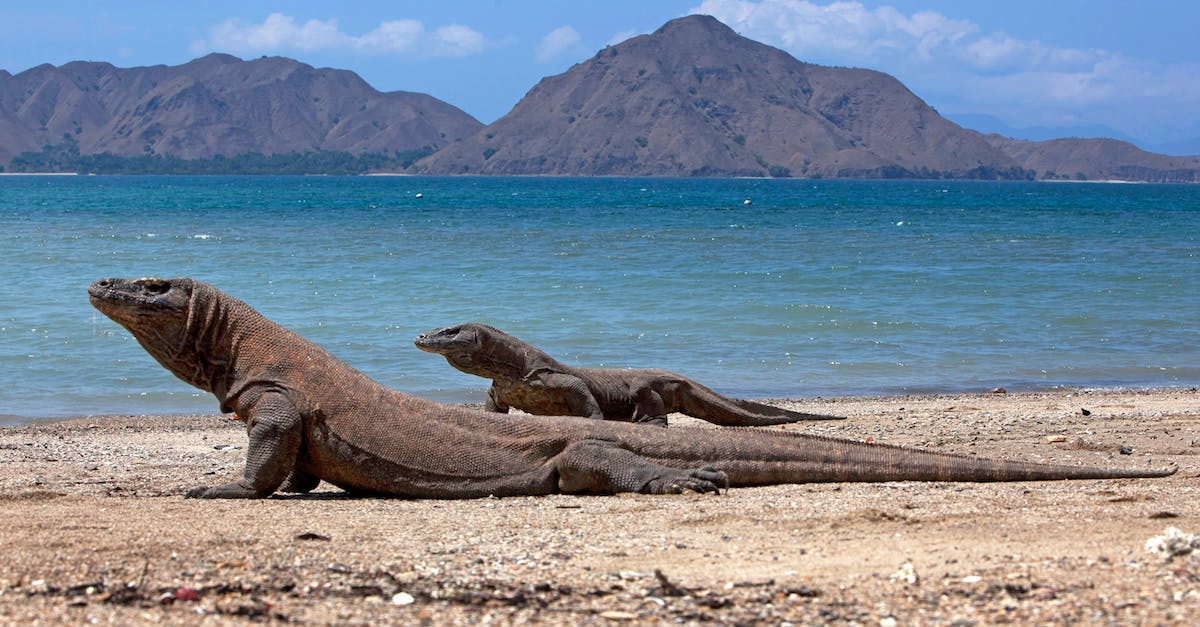
Are you looking for ideas to make your lizard’s enclosure a greener, spunkier place? Well, you’re in luck! Live plants can spruce up your lizard’s habitat and add new levels of fun and enrichment to their environment. Here are 5 strategies to help you bring color, texture, and even adventure to your scaly friend’s space:
- Pick Your Plant Material Carefully– Not all plants can make good inhabitants for a home reptile enclosure. A fast-growing vine, like a pothos, can provide a cute, natural backdrop and an extra level of exploration. Avoid plants like aloe, which are poisonous to your pet.
- Make it Moveable– Add a few live plants to a cart or shelving system. This way, you can move large plants into or out of the enclosure as needed, allowing you to change the scenery and add a bit of variety.
- Lush it Up– Invest in lush, ornamental foliage that can provide plenty of visual interest. Large, floppy leaves like philodendrons or ferns are beautiful and bring a protective attitude to the habitat.
- Add a Hideaway Element– Some plants like calatheas, ficus pumila, and creeping figs can be trained to create nice hideaways for your lizard. Let these plants grow up and around any branches, shelves, and furniture you’ve included giving your pet even more hiding spots.
- Get Creative– There’s no need to stick to traditional plants in your lizard’s enclosure. Incorporate some unusual foliage like tillandsias, known as “air plants,” that grow without soil. They’re a great way to boost the jungle vibe in your lizard’s home.
With some research, you can transform your reptile’s home into a lush, green oasis. Whether you prefer live plants or want to add a few new hiding spots, there’s no shortage of ways to make your lizard’s environment an even better place.
Maintenance Tips for Live Plants in a Lizard Enclosure
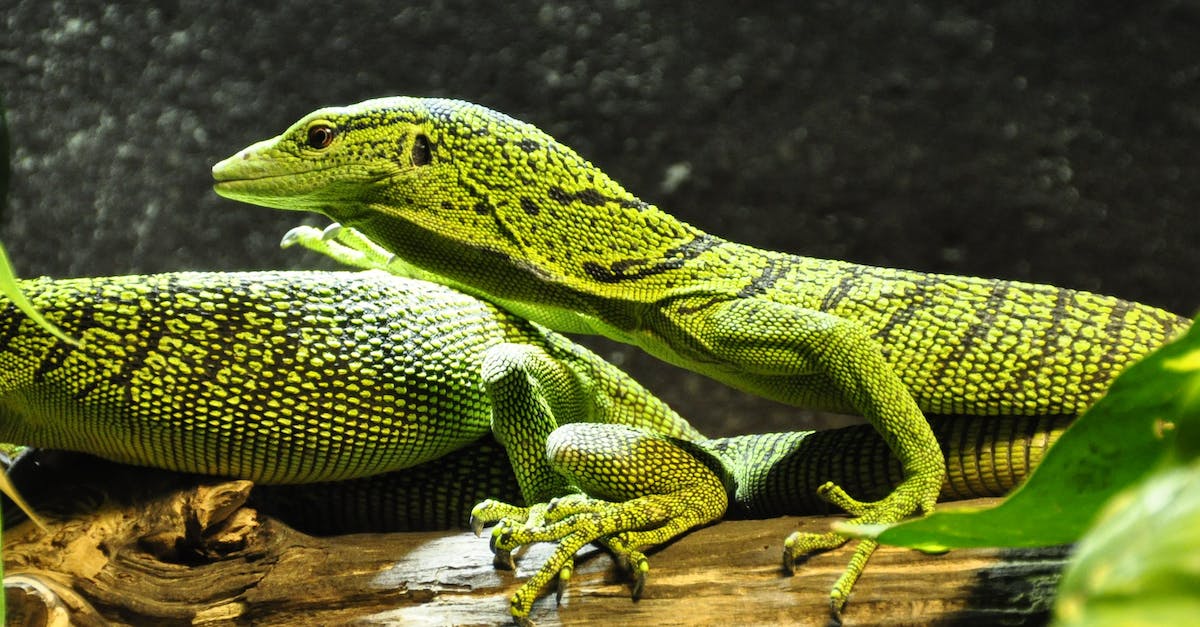
Do you want your little lizard companion to bask under the soothing presence of some leafy greens? Taking care of live plants in your gecko’s terrarium can add a sense of lushness and harmony to your two-legged friend’s life. Still, it’s important to do some proper maintenance to ensure that your plants stay healthy and provide your reptilian buddy with all their benefits.
First, you’ll want to be sure and provide your live plants with plenty of light! You’ll want to give them a nice sunny spot for six to eight hours each day to capture some rays. This is why it’s important to provide your enclosure with a few different lighting scenarios, so your plants can soak up their daily dose!
Next, you’ll want to make sure your plants stay hydrated. Weekly watering should be sufficient, but be mindful not to overwater. Water them with lukewarm water and feel the soil before you water them. If it’s damp, you won’t need to give them more water until the soil dries out.
Thirdly, it’s important to prune your plants as needed. This will keep them from becoming too dense, blocking the light, or consuming too many available nutrients in your terrarium’s soil. By cutting away dead or yellowing leaves, you’ll ensure your plants stay healthy and help your little reptilian friend thrive.
Fourthly, remember to add nutrients to your soil. Over time, the available fertilizer in the soil will deplete, so adding a few handfuls of fertilizer every few weeks that are suitable for plants in an enclosed terrarium is key.
Finally, watch out for mold, pests, and other signs of illness that could appear in your enclosed terrarium. Beans, stem, or yellow leaves can signal a bug problem or an illness spreading. If you notice these issues with your plants, taking immediate action is important. Remember to keep sterile tools with you to ensure that mold, pests, or illnesses don’t spread to other areas in your enclosure.
By following these simple steps, you can rest assured that your herp’s beloved plants will live to brighten up their enclosure another day!
Pests to Avoid When Adding Live Plants to a Lizard Enclosure
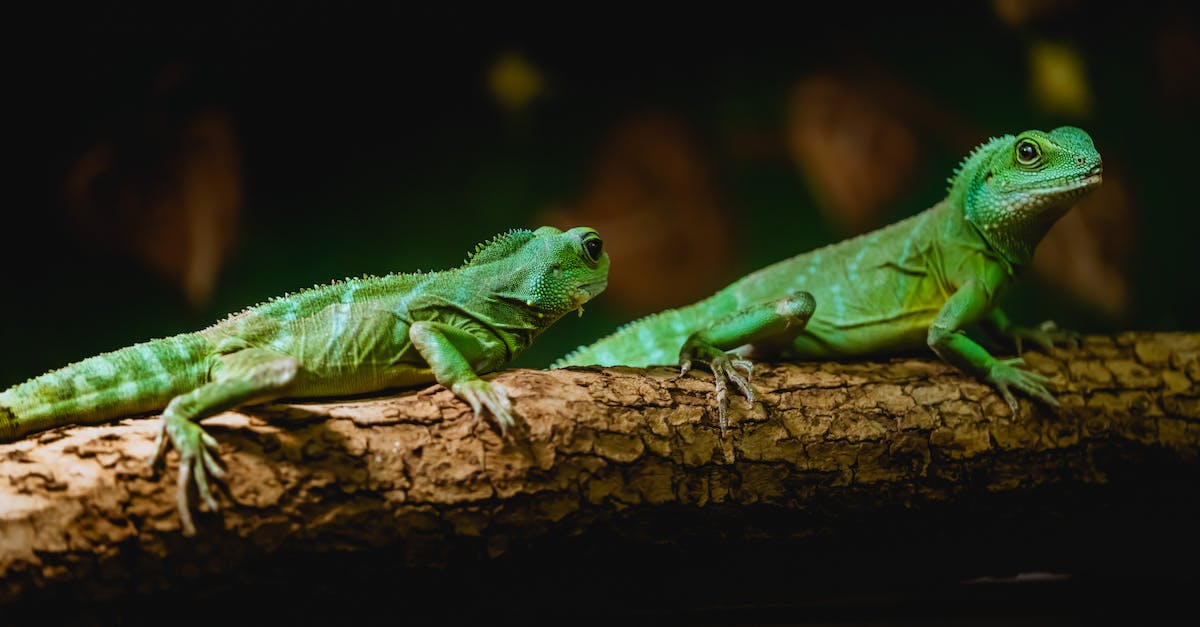
So you’ve filled your lizard’s enclosure with live plants, giving them natural beauty and freshness for improved well-being, but you will also want to be wary of pests! These tiny critters have no love for your beloved reptile and can cause serious stress or illness.
When shopping for plants, look for healthy, clean specimens with no signs of discoloration or brown spots, as they could harbor eggs or insects. Good soil, too, is important in keeping out pests and parasites.
You’ll need to take care when using store-bought additions to the enclosure, like fertilizers or potting mix. Ensure they have no added pesticides or insecticides, as these can harm your lizard.
You will want to be on the lookout for several pest species when adding live plants to your lizard’s enclosure. Snails can quickly overrun an enclosure if left unchecked and can cause respiratory issues if ingested, so it’s best to spot them sooner rather than later!
Aphids, which look like tiny green spots, can cause serious damage to your plants, so check the leaves for their presence. Small webs may even accompany these, so don’t forget to check for that.
Though ants may look like harmless little insect allies, they can quickly become a menace in the enclosure. Ants may nest in smaller enclosures and secrete a liquid that can upset sensitive skin. To be safe, consider getting ant baits and traps to keep them away.
Finally, check for mites, which are small lime-white creatures that primarily feed on plants. Mites also love to hide, so be sure to check the soil of your plants, as well as any crevices in the enclosure.
Just remember – when choosing plants, you not only want to think of your lizard’s wellbeing first, but you also need to be aware of pests that can cause them harm. With the right precautions and diligence, however, you can ensure a safe and healthy habitat for your pet!
Conclusion
There you have it, reptile parents: the ultimate benefits of adding live plants to your lizard’s enclosure!
Not only do these plants provide essential nutrition, oxygen, and humidity, but they also create a beautiful and inviting space your pet can enjoy. A vibrant and lush enclosure can deepen the connection between pet and owner while providing mental and physical stimulation.
Of course, there is no one-size-fits-all approach to selecting plants for your lizard’s habitat. Each species has different needs and characteristics, so it’s important to research and double-check that your plant choice is non-toxic.
With careful planning and a penchant for gardening, your reptilian friend could have an environmental masterpiece in no time.
Reference:
The Benefits of Adding Live Plants to Your Lizard’s Enclosure Reference – Infodish. (2020, August 04). The Benefits of Adding Live Plants to Your Lizard’s Enclosure. Retrieved December 8, 2020, from https://www.infodish.net/benefits-of-adding-live-plants-to-your-lizards-enclosure/

